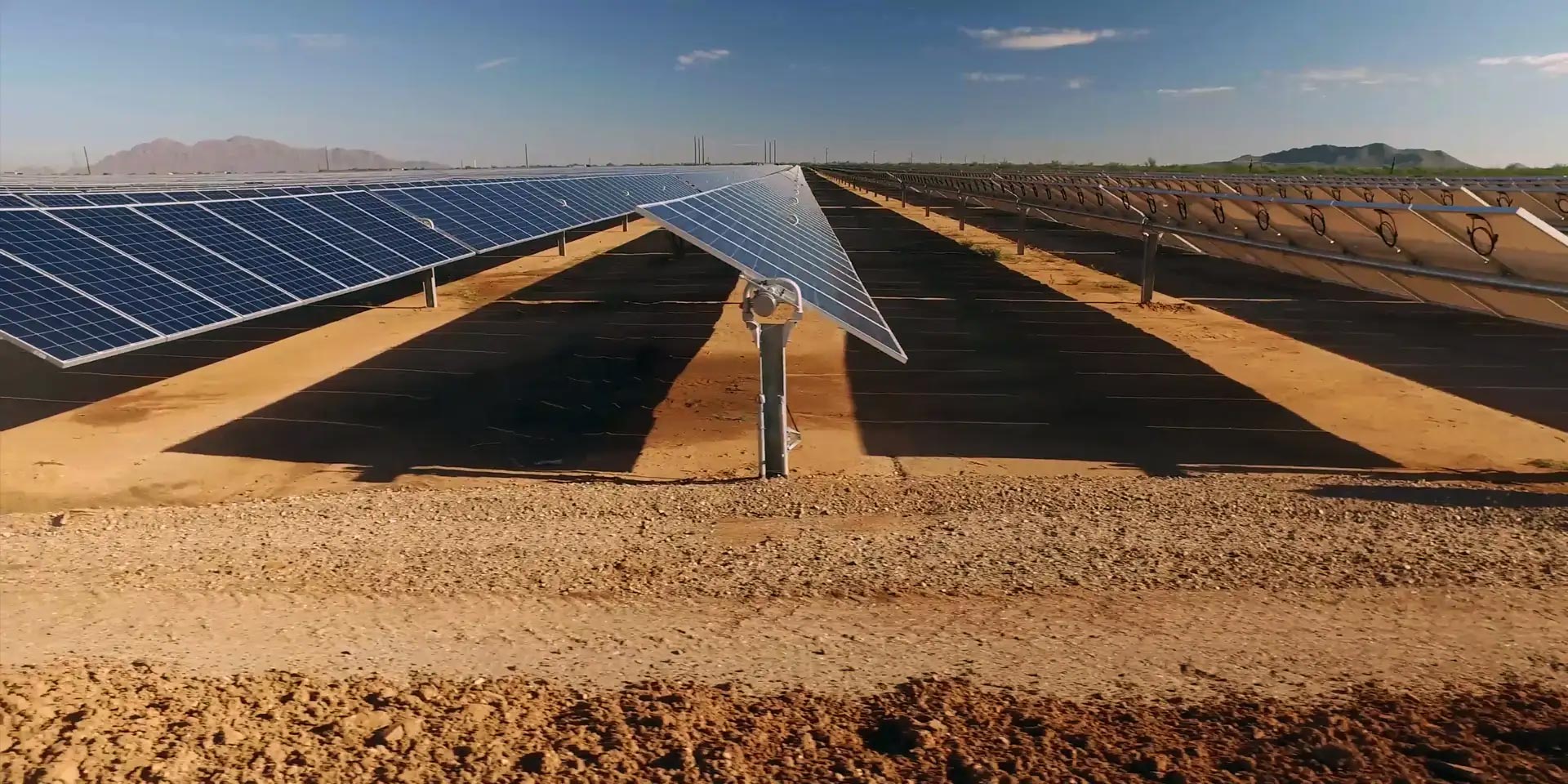China
AGL | CEF NEWSLETTER | China | CHINA MONTHLY ENERGY UPDATE | Coal/electricity/electrification | Critical minerals | CRITICAL MINERALS SERIES 2022-23 | Decarbonisation | Energy Crisis | Finance Sector & Emissions | Green Iron | Hydrogen | India & Adani | Nuclear | Podcasts | Solar | Submissions | Taxes & subsidies | US IRA/ NZIA et al |
MONTHLY CHINA ENERGY UPDATE | February 2025
China hit new record of solar and wind power capacity additions in 2024 Read more
OP ED | Foreign investors need clarity on the rules for inbound investment into Australia
Australia’s FMIA can unlock >$500bn of new investment in Australia across energy infrastructure (grid T&D), solar, wind, PHS, BESS and V2G charging) and value-added our key mining exports (e.g. green iron, rare earths & lithium hydroxide refining), as well as providing zero emissions lower cost domestic clean energy to power our downstream industries, like Rio Tinto’s public-private multibillion dollar investment proposals to pivot to green aluminium value-add across Australasia. Read more
PRESENTATIONS | Tim Buckley presents to the SIMPAC annual conference
Tim Buckley takes a macro look at the global geopolitical energy landscape Read more
PRESENTATION | Tim Buckley’s presentation to South32
Tim Buckley presents to South32 on energy system transformation including China’s incredible leadership. Read more
PRESENTATION | Climate Tech Connect
Tim Buckley presents on The Energy Transformation: Looking towards 2025 Read more
MONTHLY CHINA ENERGY UPDATE | Hydropower Generation Recovered, Driving Down Thermal Power Demand
China’s total electricity demand shows an overall 6.1% increase from January to September 2024, reaching 7,213TWh. In September alone China’s electricity demand reached 837TWh, +8.9% y-o-y. Of this 38% of the generation comes from zero emissions power, +12.9% y- Read more
VIDEO | Investment, employment & export bonanza of mobilising Team Australia to help our key trade partners decarbonise
Tim Buckley speaks with Phillip Bateman on the sidelines of the IGGC annual conference Read more
PRESENTATION | China outbound foreign investment
Tim Buckley presents a Macquarie Research Investor Briefing on China’s astonishing cleantech outbound investment Read more
PRESENTATION | ANU Solar Oration – Solar step change
Tim Buckley gives the prestigious ANU Solar Oration, detailing how solar has become the dominant source of net new electricity capacity installed globally with China leading a global step change in cleantech manufacturing capacity. Solar continues to be deflationary, driving deployment – and disruptive in combination with batteries and EVs. Tim also looks at the implications for Australian energy transition and the policy frameworks we need to speed decarbonisation. The video of the oration is available here: https://iceds.anu.edu.au/news-events/events/anu-solar-oration-2024-solar-step-change Read more
PRESENTATION | Climate finance in the energy sector
Tim Buckley’s presentation to the AustCham FIT Industry Forum on global decarbonisation. Read more
PRESENTATION | Progress being made against fossil fuel dominance: good news stories on renewables and the growing strength of the global energy system transformation
Tim Buckley’s presentation to the annual ARCCC conference. Read more

